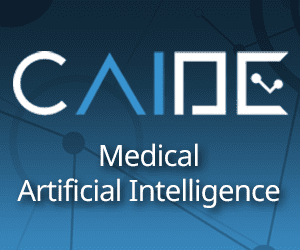Microservices and DevOps are two powerful approaches to software development and deployment that are increasingly being used together. Microservices is an architectural approach to building software applications that involves breaking down complex applications into smaller, independent services that can be developed, deployed, and scaled independently. DevOps is a culture, philosophy, and set of practices that emphasizes collaboration, automation, and continuous delivery to enable faster, more frequent releases of software.
The combination of microservices and DevOps can provide several benefits, including increased agility, scalability, and resilience. However, it also presents some unique challenges, such as increased complexity and the need for specialized skills.
Here are some strategies for successfully implementing microservices and DevOps together:
- Emphasize Collaboration: Successful DevOps and microservices implementations require close collaboration between development, operations, and other teams. Make sure everyone is on the same page and understands the goals and priorities.
- Automate Everything: Automation is a critical component of DevOps and microservices. Automate as many processes as possible, including testing, deployment, and monitoring.
- Adopt a Continuous Delivery Pipeline: Continuous delivery is a key component of DevOps and microservices. Implement a continuous delivery pipeline that includes automated testing and deployment to enable faster, more frequent releases.
- Focus on Scalability: Microservices are designed to be highly scalable, so make sure your infrastructure can handle the increased load. Use containerization and orchestration tools like Kubernetes to manage and scale microservices.
- Monitor Everything: With microservices, there are more components to monitor and manage. Use monitoring and logging tools to track performance, identify issues, and optimize your services.
- Implement Security Best Practices: Microservices can create new security challenges, so it’s important to implement best practices like secure coding, access control, and monitoring.
- Invest in Training and Education: Microservices and DevOps require specialized skills and knowledge. Invest in training and education to ensure your team has the necessary skills to implement and manage these approaches effectively.
By following these strategies, organizations can successfully implement microservices and DevOps together to achieve faster, more frequent releases of software and better business outcomes.








